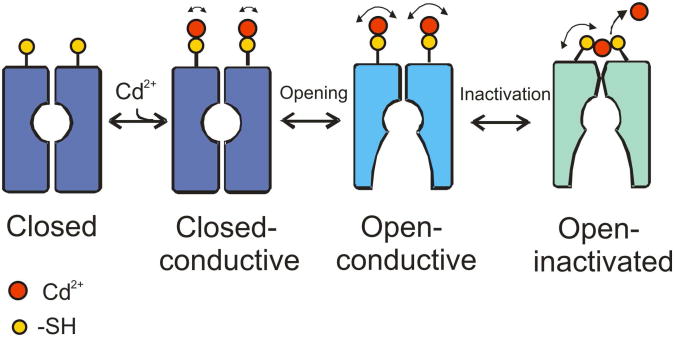Figure 8. Mechanism of stabilization of inactivated state by Cd2+.
Addition of Cd2+ binds to individual cysteines at the outer-vestibule in the closed state. When the channel is opened, Cd2+ rearranges to form favorable metal bridges with cysteines of adjacent subunits due to structural rearrangements of the outer-vestibule. This possibly stabilizes the C-type inactivated state and results in decrease in the K+ current amplitude and increase in the rate of inactivation in K+ channels. Our model suggests that formation of the Cd2+ metal bridge is absolutely essential to affect the rate of C-type inactivation, and the formation of metal bridge is favored only in the inactivated state. See Discussion for details.

